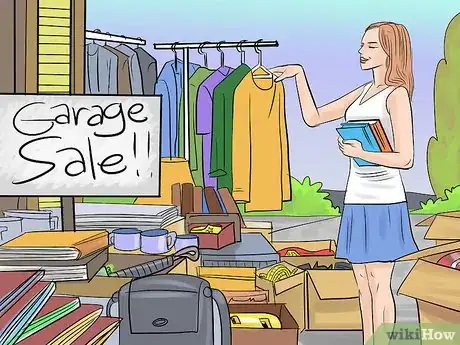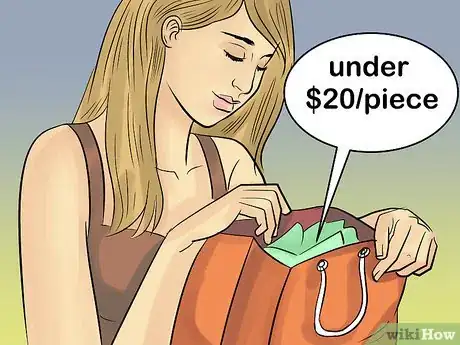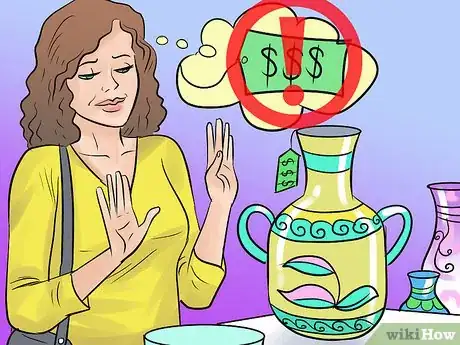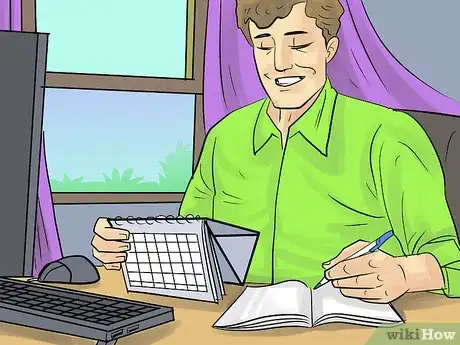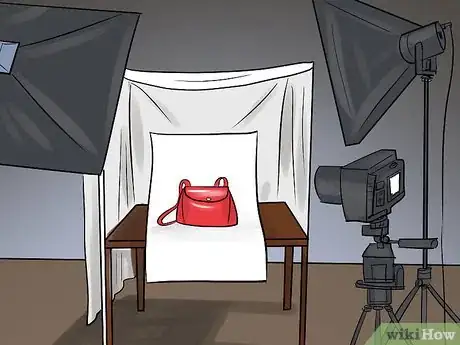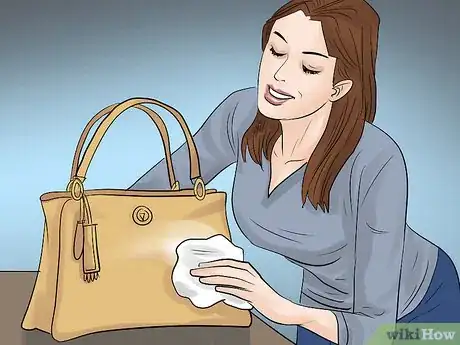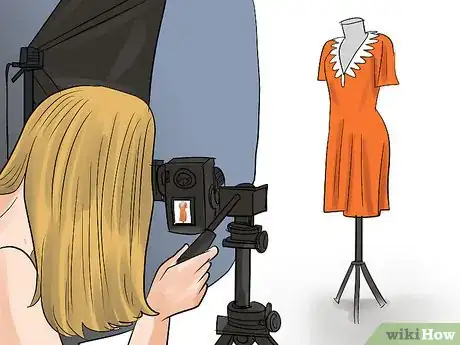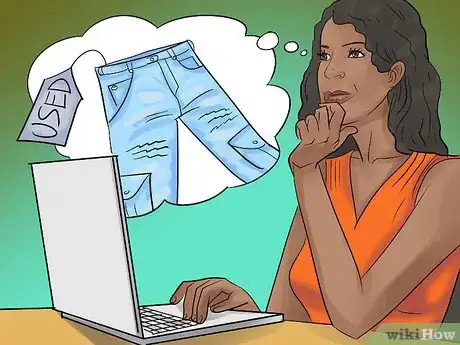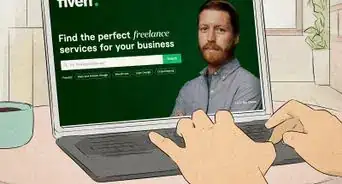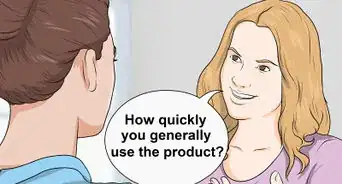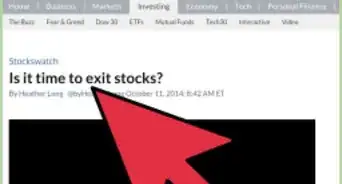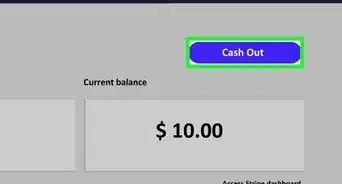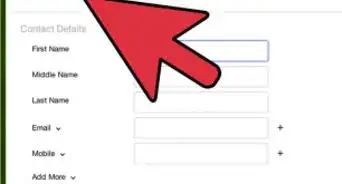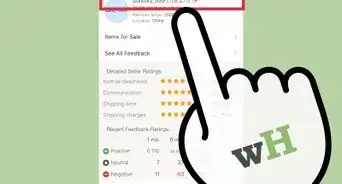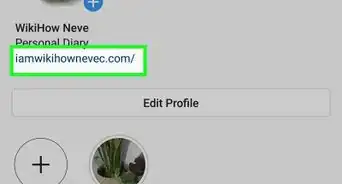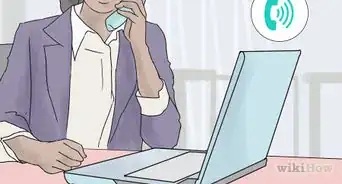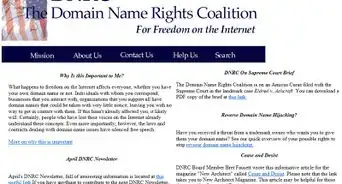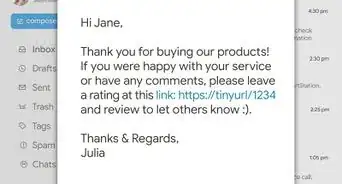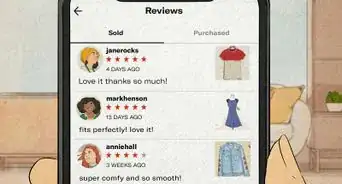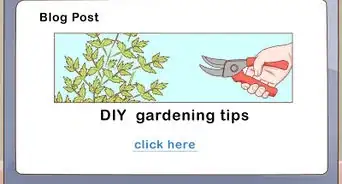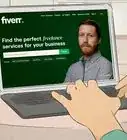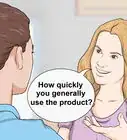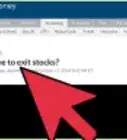This article was co-authored by Madison Boehm. Madison Boehm is a Business Advisor and the Co-Founder of Jaxson Maximus, a men’s salon and custom clothiers based in southern Florida. She specializes in business development, operations, and finance. Additionally, she has experience in the salon, clothing, and retail sectors. Madison holds a BBA in Entrepreneurship and Marketing from The University of Houston.
There are 8 references cited in this article, which can be found at the bottom of the page.
This article has been viewed 71,919 times.
Flipping an item just means buying an item for a good price and selling it for more elsewhere. Generally, you buy items used at places like thrift stores and garage sales and sell them online. Some people even flip items for a living, making enough to quit their daytime jobs. All you need to do to get started is find some items to sell and buy them. Then, you'll list them on a website and ship them out to your customers who buy them.
Steps
Finding Items to Sell
-
1Visit thrift stores. Thrift stores are one of your best options for finding items to flip. You can go to one location to find a wide variety of items, plus most are relatively cheap. In addition, most thrift stores expect flippers to come in, so they won't bother you while you're deciding which items to buy.[1]
- Try looking for thrift stores in more affluent areas, as you're more likely to find brand-name items that are worth more.
-
2Hit garage sales. While thrift stores are a great place to find items, garage and yard sales can be equally rewarding. Check your local paper for garage sales in your area. When visiting garage sale, try planning a route so you're not going back and forth all over town.[2]
- One of the benefits of visiting garage sales is that you can sometimes haggle prices down. Don't be afraid to ask for a cheaper price or for a better price on two items. The worst they can say is "no," but most people are motivated to get rid of items at garage sales, especially towards the end of the day.
Advertisement -
3Try flea markets. Another good place for great deals is flea markets. Deals might be a bit harder to come by, but like garage sales, flea market vendors are more willing to haggle than, say, a thrift store. You may also be able to find some treasures buried in the back of a booth that's been there for years.[3]
-
4Go to auctions and estate sales. While prices at these places can be more expensive, you can also find great deals if you're willing to search them out. Try going early to estate sales or at the very end of the day to get the best deals. It's also a good idea to show up before the beginning of the auction to see what's up for sale.
- One bonus of auctions is you can sometimes buy items in lots for cheaper than you could buy them individually.
Buying Items
-
1Look for expensive and/or unique items. One way to find "expensive" items is to pay attention to brand names. High-end brands will generally turn a higher profit. However, unique items can also turn a decent profit, if it's something that's weird enough that a person will pay more for it.
-
2Search for the product online. One way to determine if an item is worth buying and flipping is to check its price online. Try searching for the item on a site like eBay, for instance, which can tell you how many items are out there and what an item like that is selling for. Use the brand name, the item name, and the color to search, if possible.[4]
-
3Start with a niche. Once you get going, you can flip any kind of item you want. Nonetheless, when you're in the beginning stages, try sticking to one category. That way, you can get to know the product you're looking for, and you'll soon know what's valuable and what's not.[5]
- When you're discovering your niche, research the items online. See what they generally sell for. Also, look to see what makes one of those items "special" or "unique." For instance, if you're reselling books, often a vintage or first edition book will command a higher price than other items. Similarly, certain brands of vintage clothes will command high prices, and some even more so if they are rare or unique. Doing some research first is essential to knowing what to buy.
-
4Begin with smaller items. While you may want to eventually get into higher priced items, when you're first starting out, it's best to pick items that cost less. That way, you're not risking too much money. Try to keep the items you buy under $20 apiece.[6]
-
5Don't overspend. It can be tempting to spend a little more for an item you become attached to. However, you always need to keep your profit in mind. If you don't think you can buy it at a certain price and make a profit, just walk away from it. You'll find something else later.
- It's important to think about how the price of the item will affect your end profit. That's why research is so important. Once you know what an item will generally sell for, it's easier to decide how much you should pay for an item.
- Sit down and figure out how much it costs you to ship and list an item. Also, factor in gas mileage, as well as paying yourself for the time it took to go find the item. Now, compare that to what you are asked to pay for the item. If it doesn't cover at least those costs, it's not worth it.
Getting Organized
-
1Hold yourself to a schedule. How you set up your schedule is up to you, but if you're serious about flipping, you should stick to a regular schedule for both finding items and listing items. Treat your schedule like you would a normal job, and hold yourself to it.[7]
- When making your schedule, use information from your thrift stores. It can help to know when they usually restock, for instance, or when they run regular sales, so you can schedule yourself accordingly. Some of that information is available online, but you'll find out much more by talking to store employees.
-
2Reinvest your profit. Of course, you want to keep some of the profit for yourself to live on, but you should also reinvest some of your profit into new products. How much you reinvest is up to you, but you should consider reinvesting as much as 75% of the profits you make.[8]
-
3Set up a photo station. When you start listing items, you'll need good photos of the items you're selling. That means you need good lighting, as well as a non-distracting background. Natural light works well if you can find a place to set up in your home, but you can also purchase photo lights to help illuminate your pictures.
-
4Clean up or repair items. Cleaning up an item can make a huge difference for how well it sells. Also, if you have the skills, try repairing or restoring an item to new glory. With a little bit of elbow grease, you can get a much higher price for the items you're selling.
-
5Price items. Check out what the item is selling for on the sites you are listing on. Consider the condition of the item, which will affect what people are willing to pay for it. Also, the brand name, the year it was made, and any special conditions can affect the price. For instance, some first edition books with misprints sell for much higher than other first editions. Aim for the middle to high end of the range.[9]
- Make sure you are turning a profit. Be sure to include things like your mileage and your time when you're figuring out the price for an item, as well as the cost of listing the item and any payment fees.
Listing Items
-
1Find a site. A good site to begin with is eBay. It's user-friendly, and you don't have to have a lot of know-how to figure it out. Plus, the listing prices aren't too expensive, and it has a wide range of items. Other sites you can try include Amazon, Etsy (for vintage items), and even sites like Craigslist or Facebook (for larger items, especially).[10]
- Amazon has more restrictions on listings than eBay. For instance, it restricts some selling categories.
-
2Decide how you want to list it. Some sites, such as eBay, have several options for listing items. You can list it as an auction item, where customers bid on it, or you can list it exclusively as a "Buy It Now" item. You can also do a combo of the two, where you start the item out at an auction price, but you have a "Buy It Now" option that's higher.
- If you do an auction, make sure that you don't sell yourself short. If you start the bidding out too low, you could sell the item for much less than you'd like. A good rule of thumb is to start the item off at least at cost.
- A combination of the two works well, because customers can just grab the item if they really want it. Nonetheless, if you set the "Buy It Now" too low, you may be missing out on some profit.
-
3Have photos from every angle. When you list the item, try to get a good overall shot. However, you also need to get the item from other angles, so that the customer can see it from all sides. Try to highlight any damage so you're not deceiving the customer. You should aim for at least five photos per item. Adding something for size perspective, such as a ruler, can also be helpful, especially for small items.
-
4Create a catchy title. In this case, "catchy" often means using popular keywords for your item, as well as details for your item. Don't get into a lengthy description. The keywords will help you find a good place in the listings, help you attract more customers.[11]
- For instance, "Vintage Unicorn Jeans, Size 12, from 1972" can work better than "Beautiful Vintage Jeans. Must See!"
-
5Describe the item accurately. Take a short paragraph to thoroughly describe the item. Make sure to include things like the brand and color. Also, don't try to hide if something is broken. Describe what is wrong with it so the customer is well aware of what they're buying. Also, make sure to list whether the item is new (tags still on) or used.
- For instance, you could describe a pair of vintage jeans as "These jeans are faded light blue with silver accents. The inseam is 28 inches with 6 pockets. The jeans are lightly worn, rips beginning at the knees, light fraying at the bottom. These jeans are already perfectly worn in, but they have many good years left in them!"
- Some sellers choose to use bullet points to provide information.[12]
-
6Include your policies in your listing. One important part of a listing that some sellers forget is your policies and guarantees. For instance, you should list how long it takes for you to get something out the door and what shipping service you use. You should also include your return policy, and any warranties or guarantees. These descriptions help to reassure customers.[13]
-
7Don't forget to include shipping and supplies. Shipping and supplies can easily cut into your profit if you don't account for it when pricing items. You can either include the shipping in the price of the item, or you can add it on as a shipping cost. There are pros and cons to both approaches.
- For instance, "free shipping" can motivate many people to buy. If the shipping cost is too high, it can be a deterrent, and including it in the price can take away some of the mental discouragement.
- However, offering a lower price (before shipping) can sometimes put you higher up in the listings, depending on the site, so having the shipping separate can benefit you. It can also make the item seem like it doesn't cost as much overall.
- Once it sells, you can ship the item to the customer. If you're in town, you can even meet the person for pickup. Make sure to meet in a public location.
Expert Interview
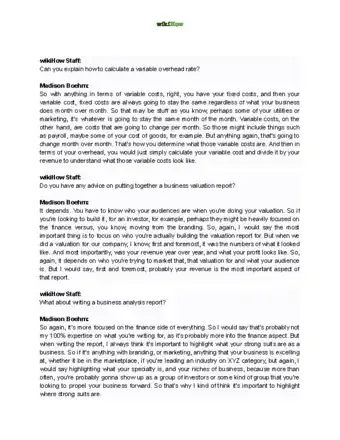
Thanks for reading our article! If you'd like to learn more about flipping for profit, check out our in-depth interview with Madison Boehm.
References
- ↑ http://www.makeuseof.com/tag/how-to-be-an-online-entrepreneur-with-thrift-store-shopping-on-ebay/
- ↑ http://workfromhomehappiness.com/thrift-store-flipping/
- ↑ http://workfromhomehappiness.com/thrift-store-flipping/
- ↑ http://www.moneycrashers.com/thrift-store-flipping-items-resell/
- ↑ http://workfromhomehappiness.com/thrift-store-flipping/
- ↑ http://livewellnetwork.com/Deals/episodes/Flipping-Secrets/8274659
- ↑ http://workfromhomehappiness.com/thrift-store-flipping/
- ↑ http://workfromhomehappiness.com/thrift-store-flipping/
- ↑ http://www.frompenniestopounds.com/flea-market-flipping-earn-extra-money-buying-low-selling-high/

